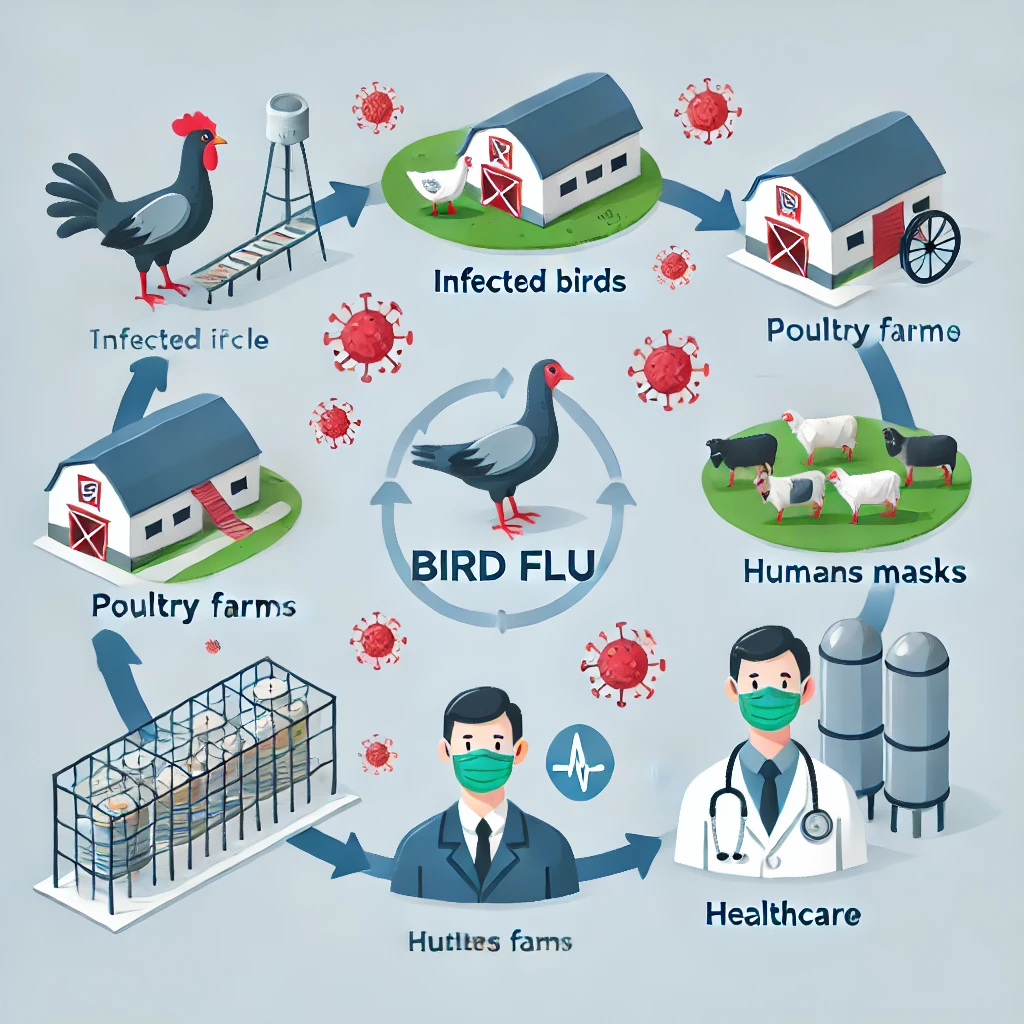Introduction
Bird flu viruses continue to evolve, raising concerns about potential human infections. The H1N9 strain has recently gained attention due to its possible impact on public health. In this article, we’ll explore what H1N9 bird flu is, its symptoms, prevention methods, and how to protect yourself and your loved ones.

What Is H1N9 Bird Flu?
H1N9 is a subtype of the avian influenza virus. While bird flu viruses primarily affect birds, certain strains can sometimes infect humans, causing mild to severe illness. Scientists closely monitor emerging flu strains to prevent potential outbreaks.
Symptoms of H1N9 Bird Flu
If H1N9 were to spread to humans, symptoms would likely be similar to other bird flu infections, including:
Fever and chills
Cough and sore throat
Shortness of breath
Muscle aches and fatigue
Eye infections (in some cases)
Early detection is key to preventing severe complications, so consult a healthcare provider if you experience these symptoms after contact with birds or live poultry markets.
How Does H1N9 Spread?
Avian influenza viruses primarily spread through direct contact with infected birds, their droppings, or contaminated surfaces. The risk of human infection increases in live poultry markets, farms, or environments with poor sanitation.

Prevention Tips: How to Protect Yourself
To minimize the risk of H1N9 infection, follow these health and safety tips:
Avoid Direct Contact with Birds – Stay away from live poultry markets and farms with infected birds.
Practice Good Hygiene – Wash your hands regularly with soap and water.
Cook Poultry Properly – Ensure chicken and eggs are fully cooked before consumption.
Wear Protective Gear – If you work with birds, use masks and gloves to reduce exposure.
Stay Updated – Follow health organizations like the WHO and CDC for the latest updates.

H1N9 vs. Other Bird Flu Strains
H1N9 is one of many avian influenza strains. Other well-known subtypes include:
H5N1 – A highly pathogenic strain that has caused human infections.
H7N9 – Linked to previous outbreaks with human cases.
H5N9 – Recently detected in U.S. poultry (2025).
Scientists continue to study these strains to assess their risk to human health.
Should You Be Worried About H1N9?
As of now, there are no confirmed human cases of H1N9. However, public health officials monitor new flu strains closely. Staying informed and following basic safety measures can help reduce potential risks.
Final Thoughts
While H1N9 bird flu has not become a widespread public health threat, it’s important to stay informed and take preventive measures. By practicing good hygiene, avoiding high-risk areas, and staying updated on the latest research, you can protect yourself and your family from potential flu outbreaks.
For more health and wellness tips, subscribe to our blog.